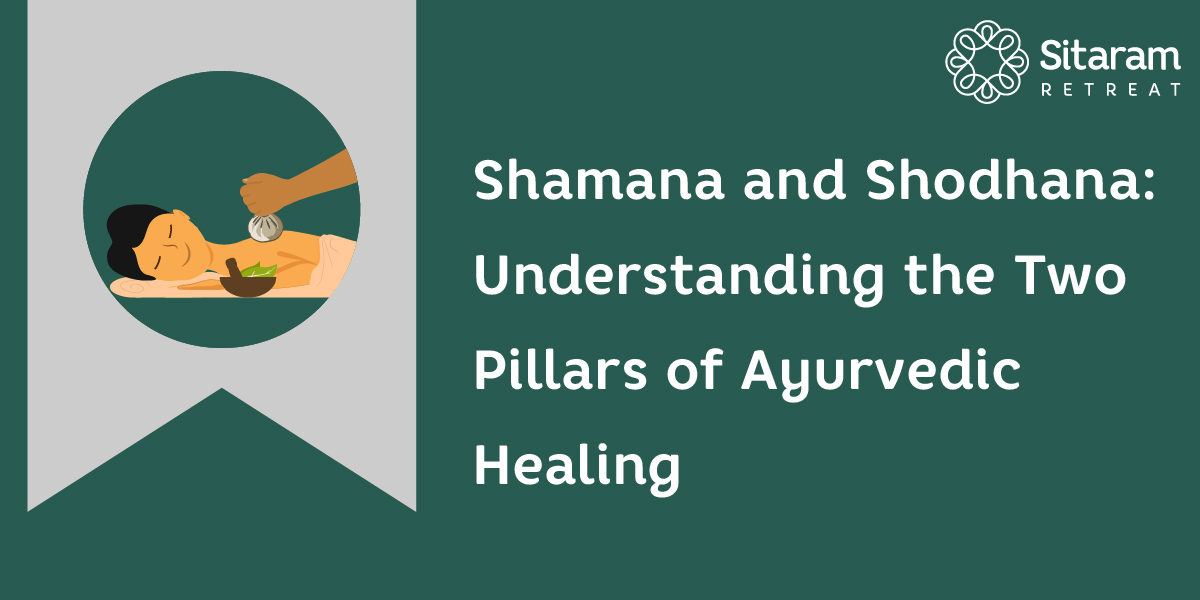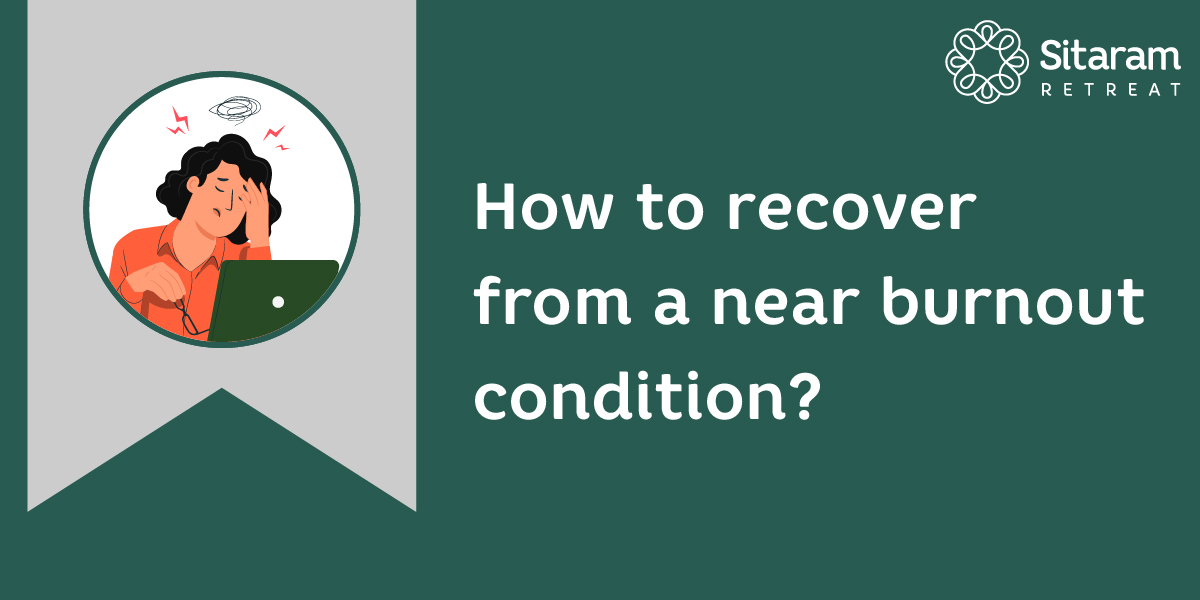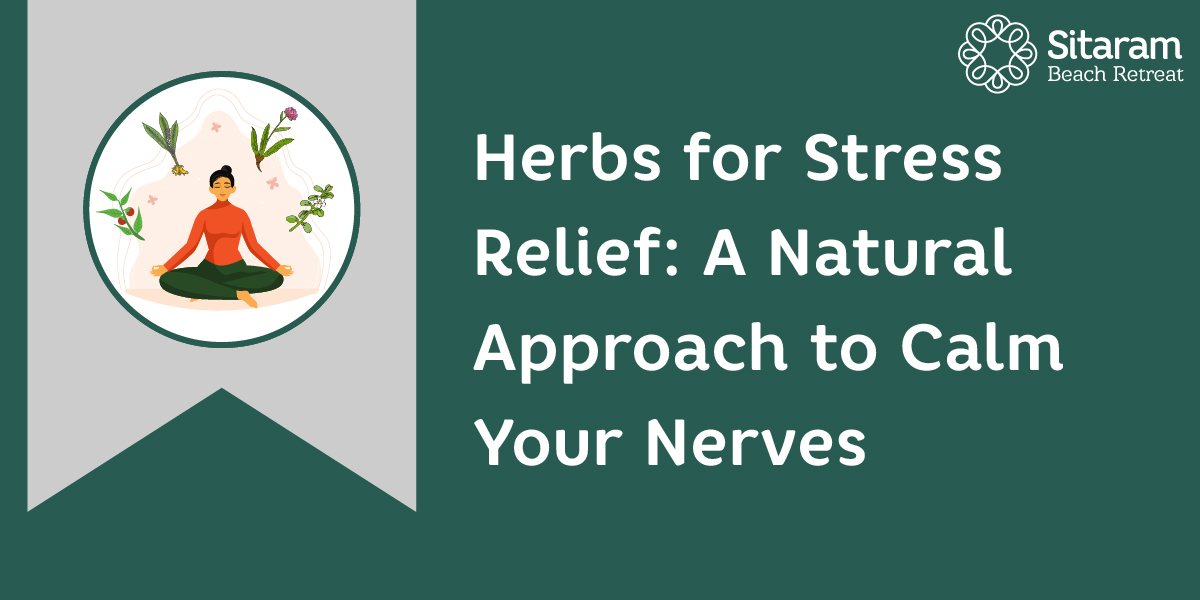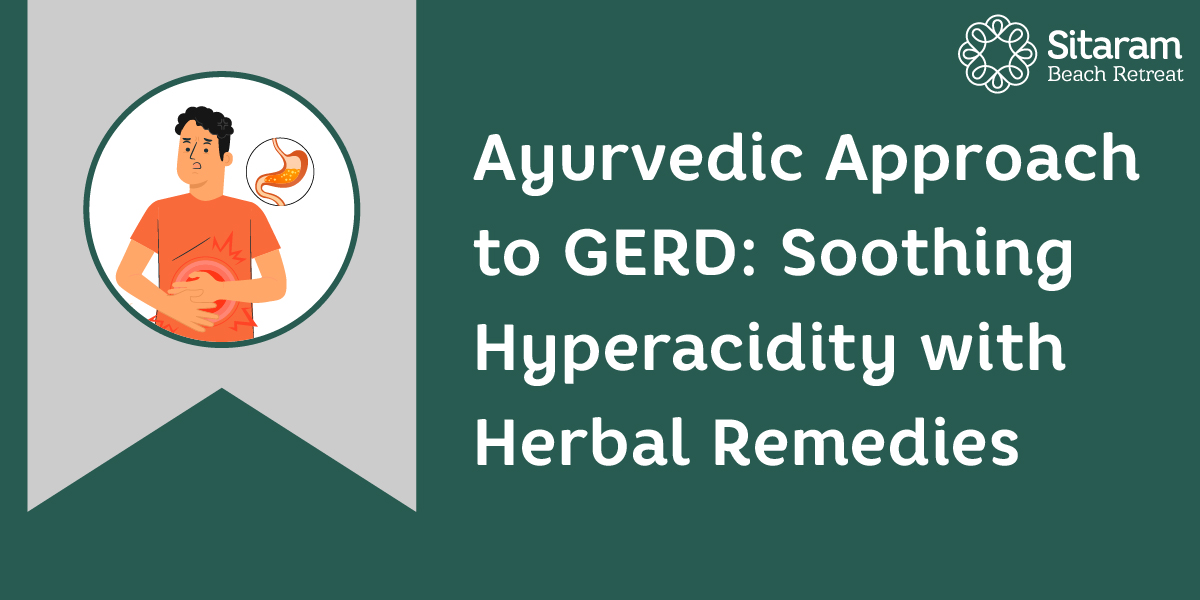Stress Reducing Yoga Exercises in Ayurveda
By Vignesh Devraj
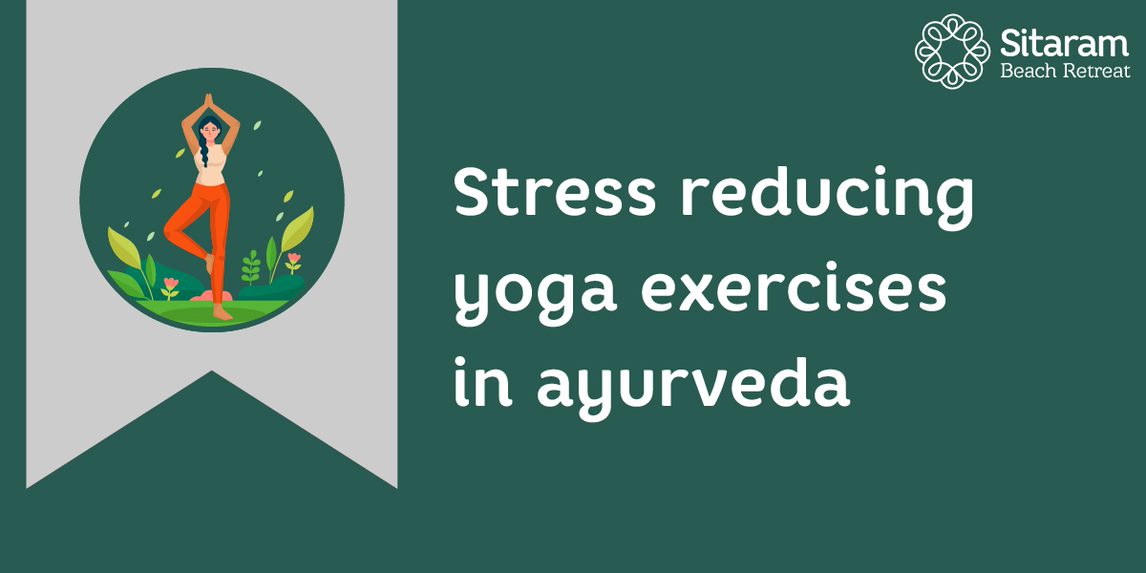
In this 21st century, the importance of mental health is highly discussed. After the pandemic period, many cases of depression, anxiety, and other mental disorders are reported. The pressure from the employment sector and other family responsibilities have increased the rate of stress in a normal population. And as an after-effect, increased reports of cardiac and respiratory diseases along with abnormal mental conditions are found. Hence, the importance of stress management and a peaceful lifestyle is in high demand. Prevention is better than cure and thus intercept the wave of disease to the human body should be stopped. Hence, certain lifestyle changes can be done to prevent the development of disease. One of the prevalent methods that can be adopted to prevent diseases and maintain a healthy life is by doing yoga. Practicing yoga not only helps in mental health but also exhibits benefits in physical health as well. The importance of yoga and its benefits in our day-to-day life is vivid. Reports say that people practicing meditation and yoga asanas have better performance in their occupations and lead a peaceful and healthy life with minimum diseases. Let’s take a look at the various yoga postures and techniques that can help to reduce stress and thereby ameliorate recurring diseases.
WHAT IS YOGA?
Yoga refers to consciously controlling or mastering the activities of the mind. The thoughts, feelings, and emotions (good or bad) occurring continuously in the mind are controlled by yoga. It is the state of equanimity in gain or loss. When the mind is detached from the material world it maintains a desired free state. A desire-free mind will not be influenced by gain or loss, win or defeat, and pleasure or misery. Raja yoga, Bhakti yoga, Karma yoga, and Jnana yoga are the four main parts of yoga. Among the four pathways, Raja yoga defines Ashtanga Yoga as it is defined in 8 parts.
- Yama
- Niyama
- Asana
- Pranayama
- Pratyahara
- Dharana
- Dhyana
- Samadhi
The eight steps of Raja Yoga provide systematic instruction to attain inner peace, clarity, self-control, and realization.
Asana in general terms denotes physical posture. Practicing Asana in certain postures and stretches can provide mental peace and an improved body tone. and Asanas are advantageous for the whole body, muscles, joints, and various body systems as well. These aggravating exercises strengthen and defend the equilibrium of the nervous system. A sense of contentment, transparency of mind, relaxation, and a sentiment of inner freedom and peace is owed by these yogic exercises. The breath plays a crucial role in the Asanas. When breath and movement come in parallel coordination, it benefits yoga with harmony, the breath deepens of its own accord and the body’s circulation and metabolism are promoted. Concentrating on the tense areas of the body while focusing breath, it greatly improves muscle relaxation and relaxes those parts with each exhalation.
The following are the benefits of the Regular practice of Asanas:
- Increased spine flexibility and more mobile joints.
- Toned and relaxed muscles with abundant blood supply.
- Incitation and regulation of organ and glandular activity.
- Stimulation of metabolism and lymphatic system.
- Reinforced circulation and blood pressure are normalized and stabilized.
- The nervous system is soothed and strengthened.
- The skin becomes clear and fresh.
- Incentive immune system.
YOGA EXERCISES
Following are certain yoga postures and exercises that can relieve stress and prevent diseases:
1. Cat-Cow Pose (Marjaryasana to Bitilasana)
This posture permits the person to connect breath to movements while calming the mind and releasing stress. The cat-cow pose upsurges the flexibility of the neck, shoulders, and spine. The muscles of the hips, back, abdomen and chest are stretched and also it bolsters the spine. Also, it activates the tailbone and furloughs the tension of the neck and upper back.
2. Child Pose (Balasana)
Child pose helps develop an inward focus and resuscitate energy. It also endorses mental and physical respite. The child’s pose enables stretching the back and muscles around the hips. It can stimulate blood flow to the head, and this blood circulation helps oxygen reach all corners of the body. It can also relieve tension in the chest, lower back, shoulders, and hamstrings.
3. Legs-Up-the-Wall Pose (Viparita Karani)
Legs-Up-the-Wall Pose equips deep relaxation while boosting lymph flow and circulation. Deep relaxation, stress relief, knee pain deduction, and tension relief in the neck are the advantages of practicing the viparita Karani pose.
4. Supported Fish Pose (Matsyasana)
This gentle backbend enhances flexibility in the back, core, and hip flexors. Fish Pose stimulates the throat chakra, which connects to communication. Matsyasana is often referred to as a heart-opening asana, which relates to love, emotions, and kindness. Practicing the matsyasana promotes respiration. It can also benefit those with respiratory problems and honors women’s health. The fish pose benefits women’s reproductive systems, improve posture, and a stronger neck, relieves stress, and strengthens the spine. In addition, this posture detoxifies the body and reduces abdominal fat.
5. Corpse Pose (Savasana)
During this pose, focus on breathing deeply as you calm your mind and let go of tension. Practicing savasana calms the central nervous system, benefiting the digestive and immune systems, relaxes the mind and reduces stress, ameliorates headache, fatigue, and anxiety, helps lower blood pressure, and promotes spiritual awakening and awareness of higher consciousness.
Conclusion
While doing yoga when we try to focus, negative thoughts and several thoughts distract us from concentrating. Practicing acceptance, awareness, and detachment to create positive mental customs can be done to ameliorate negative thoughts and be less affected by the mind. The favor of yoga is expanding as people understand its physical and mental concessions. An expected aim among people who want to create positive development and focus on self-improvement can acquire personal yoga practice. In the acquisition of physical postures, the yoga routine incorporates breathing, meditation, and relaxation techniques. Expanded flexibility of the body, tension relief, and pain alleviation are the traits of practicing physical postures. Yoga, meditation, and breathing practices are incredible ways to diminish stress, replenish energy, and enhance overall well-being.


 retreat@sitaramayurveda.com
retreat@sitaramayurveda.com +91 813 8888 912
+91 813 8888 912

